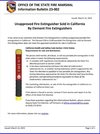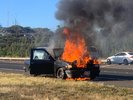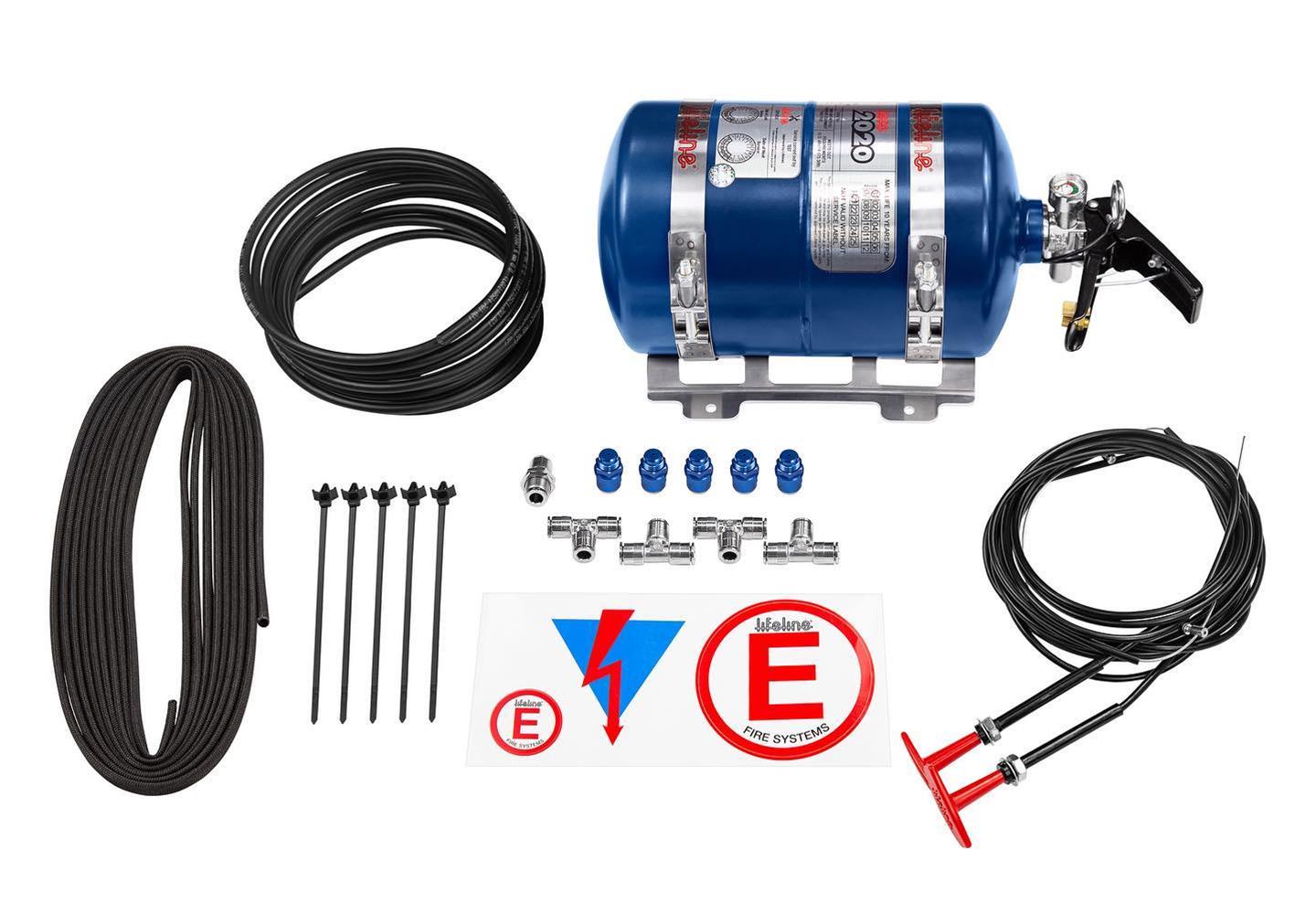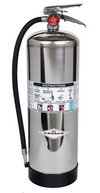- Location
- Grand Junction, CO
With a recent fire in one of our active members rigs that was saved by quick acting and being prepared with extinguishers, the damage was kept to a minimum. Several years ago another well known buggy in our community burned to the ground out at 5 Mile Pass after catching fire and was a total loss. I thought this was a conversation worth having and educating our group, hopefully leading to the rest of us being better prepared in an emergency situation.
Harry Wagner has a great video on procedural use, different types of extinguishers, etc. It's very informative! -
"A fire extinguisher probably isn’t something that you think about very often, but you should! You may have one in your vehicle in order to meet the safety inspection at an event, but you likely haven’t checked to see if it is still charged and it might not be easily accessible. You have probably never needed to use it, and that is a good thing. In the unfortunate case you do need to use a fire extinguisher though, that isn’t the time to learn whether the extinguisher you bought is a gimmick or the real deal. In this video test a variety of different extinguishers, and the results surprised even us.
H3R MaxOut- H3R’s MaxOut is a traditional chemical fire extinguisher, similar to what you would find at the hardware or auto parts store. They are good at putting out A, B, and C type fires but leave a mess once the fire is out. They are reasonably priced, use all metal construction, and come with a mounting bracket to affix them to your roll bar. The MaxOut is available in 1, 2.5, and 5 pound bottles, with the larger sizes being advantageous for putting out a vehicle fire.
H3R HalGuard- H3R’s HalGuard extinguishers are more expensive than their dry chemical extinguishers, but they leave no corrosive residue and provide better visibility when fighting a fire. They use Halotron, an electrically non-conductive extinguishing agent that rapidly turns into a gas. Halotron is a proprietary three-component chemical blend that is safe, effective, environmentally acceptable replacement for Halon 1211. It is discharged as a liquid that rapidly evaporates, cooling the fire and removing the oxygen source.
Element E50 Extinguisher- Element claims to use a tested and proven technology that fights fires on the molecular level. By chemically interrupting the chain of combustion, in theory the Element safely and effectively puts out fires without the mess, toxicity, or danger associated with a traditional extinguisher. They are reasonably priced and don’t take up much space, making them a popular choice, but do they live up to the hype?"
Harry covers the Element extinguisher, which have become very popular... but they've come under scrutiny after recent failures and attention from the California Fire Marshall, who has banned them from CA because they don't meet the approved standard. Loren Healy had a Element extinguisher fail on him during a race while he was in the car and it was all captured on camera... looks like a very stressful situation, the Element fails and he's forced to wait on crew assistance while his vehicle is on fire.

I picked up two, 3# Kiddie Marine Class B (flammable liquids and gases) & Class C (electrical equipment) extinguishers for my TJ. - 3# Kiddie Marine Class B (flammable liquids and gases) & Class C
Let's also talk about extinguisher mounts, what do you prefer? Quick disconnect tube mount? Canvas bag secured with velcro?
Harry Wagner has a great video on procedural use, different types of extinguishers, etc. It's very informative! -
"A fire extinguisher probably isn’t something that you think about very often, but you should! You may have one in your vehicle in order to meet the safety inspection at an event, but you likely haven’t checked to see if it is still charged and it might not be easily accessible. You have probably never needed to use it, and that is a good thing. In the unfortunate case you do need to use a fire extinguisher though, that isn’t the time to learn whether the extinguisher you bought is a gimmick or the real deal. In this video test a variety of different extinguishers, and the results surprised even us.
H3R MaxOut- H3R’s MaxOut is a traditional chemical fire extinguisher, similar to what you would find at the hardware or auto parts store. They are good at putting out A, B, and C type fires but leave a mess once the fire is out. They are reasonably priced, use all metal construction, and come with a mounting bracket to affix them to your roll bar. The MaxOut is available in 1, 2.5, and 5 pound bottles, with the larger sizes being advantageous for putting out a vehicle fire.
H3R HalGuard- H3R’s HalGuard extinguishers are more expensive than their dry chemical extinguishers, but they leave no corrosive residue and provide better visibility when fighting a fire. They use Halotron, an electrically non-conductive extinguishing agent that rapidly turns into a gas. Halotron is a proprietary three-component chemical blend that is safe, effective, environmentally acceptable replacement for Halon 1211. It is discharged as a liquid that rapidly evaporates, cooling the fire and removing the oxygen source.
Element E50 Extinguisher- Element claims to use a tested and proven technology that fights fires on the molecular level. By chemically interrupting the chain of combustion, in theory the Element safely and effectively puts out fires without the mess, toxicity, or danger associated with a traditional extinguisher. They are reasonably priced and don’t take up much space, making them a popular choice, but do they live up to the hype?"
Harry covers the Element extinguisher, which have become very popular... but they've come under scrutiny after recent failures and attention from the California Fire Marshall, who has banned them from CA because they don't meet the approved standard. Loren Healy had a Element extinguisher fail on him during a race while he was in the car and it was all captured on camera... looks like a very stressful situation, the Element fails and he's forced to wait on crew assistance while his vehicle is on fire.

I picked up two, 3# Kiddie Marine Class B (flammable liquids and gases) & Class C (electrical equipment) extinguishers for my TJ. - 3# Kiddie Marine Class B (flammable liquids and gases) & Class C
Let's also talk about extinguisher mounts, what do you prefer? Quick disconnect tube mount? Canvas bag secured with velcro?



